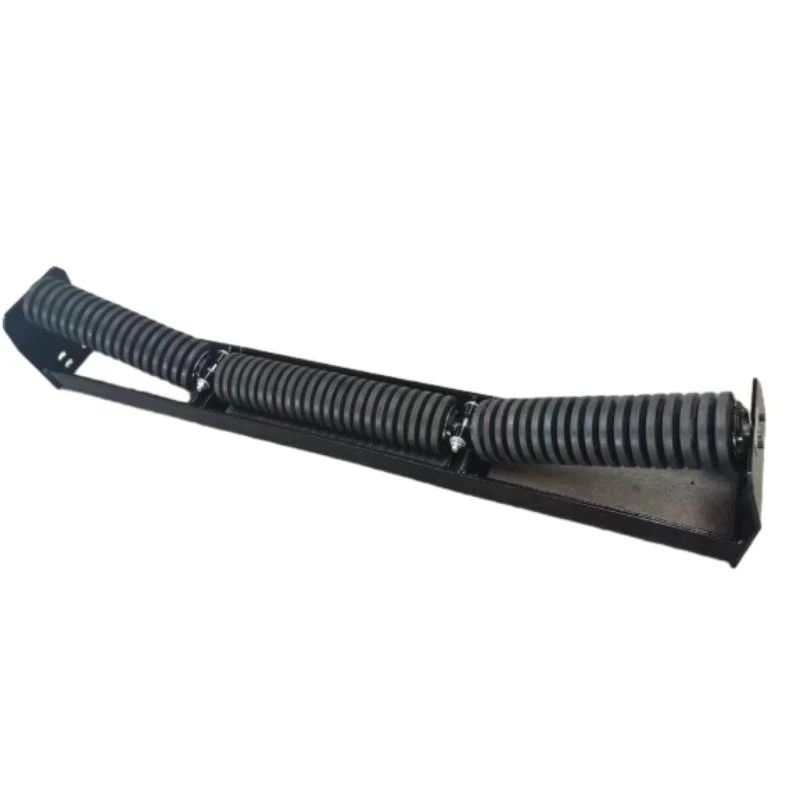 Afrikaans
Afrikaans  Albanian
Albanian  Amharic
Amharic  Arabic
Arabic  Armenian
Armenian  Azerbaijani
Azerbaijani  Basque
Basque  Belarusian
Belarusian  Bengali
Bengali  Bosnian
Bosnian  Bulgarian
Bulgarian  Catalan
Catalan  Cebuano
Cebuano  Corsican
Corsican  Croatian
Croatian  Czech
Czech  Danish
Danish  Dutch
Dutch  English
English  Esperanto
Esperanto  Estonian
Estonian  Finnish
Finnish  French
French  Frisian
Frisian  Galician
Galician  Georgian
Georgian  German
German  Greek
Greek  Gujarati
Gujarati  Haitian Creole
Haitian Creole  hausa
hausa  hawaiian
hawaiian  Hebrew
Hebrew  Hindi
Hindi  Miao
Miao  Hungarian
Hungarian  Icelandic
Icelandic  igbo
igbo  Indonesian
Indonesian  irish
irish  Italian
Italian  Japanese
Japanese  Javanese
Javanese  Kannada
Kannada  kazakh
kazakh  Khmer
Khmer  Rwandese
Rwandese  Korean
Korean  Kurdish
Kurdish  Kyrgyz
Kyrgyz  Lao
Lao  Latin
Latin  Latvian
Latvian  Lithuanian
Lithuanian  Luxembourgish
Luxembourgish  Macedonian
Macedonian  Malgashi
Malgashi  Malay
Malay  Malayalam
Malayalam  Maltese
Maltese  Maori
Maori  Marathi
Marathi  Mongolian
Mongolian  Myanmar
Myanmar  Nepali
Nepali  Norwegian
Norwegian  Norwegian
Norwegian  Occitan
Occitan  Pashto
Pashto  Persian
Persian  Polish
Polish  Portuguese
Portuguese  Punjabi
Punjabi  Romanian
Romanian  Russian
Russian  Samoan
Samoan  Scottish Gaelic
Scottish Gaelic  Serbian
Serbian  Sesotho
Sesotho  Shona
Shona  Sindhi
Sindhi  Sinhala
Sinhala  Slovak
Slovak  Slovenian
Slovenian  Somali
Somali  Spanish
Spanish  Sundanese
Sundanese  Swahili
Swahili  Swedish
Swedish  Tagalog
Tagalog  Tajik
Tajik  Tamil
Tamil  Tatar
Tatar  Telugu
Telugu  Thai
Thai  Turkish
Turkish  Turkmen
Turkmen  Ukrainian
Ukrainian  Urdu
Urdu  Uighur
Uighur  Uzbek
Uzbek  Vietnamese
Vietnamese  Welsh
Welsh  Bantu
Bantu  Yiddish
Yiddish  Yoruba
Yoruba  Zulu
Zulu conveyor roller parts
Understanding Conveyor Roller Parts A Key Component in Material Handling
In the world of material handling, conveyor systems play an essential role in the efficient transport of products and materials within various industries. At the heart of these systems are conveyor rollers, which serve as the foundation for moving goods smoothly and efficiently. Understanding the parts of conveyor rollers is essential for anyone involved in the design, maintenance, or operation of conveyor systems.
Key Components of Conveyor Rollers
1. Roller Body The roller body is the primary component of the conveyor roller. It is typically manufactured from materials such as steel or plastic, depending on the application and load requirements. The roller body’s design can vary; for instance, it can be smooth or grooved to accommodate different types of materials and prevent slippage. The choice of material and design directly affects the roller's durability and performance.
2. Shaft The shaft is a crucial part of the roller assembly, as it determines how the roller rotates. It is usually made of durable metal and passes through the center of the roller body. The shaft provides support and stability, allowing the roller to spin freely as materials move along the conveyor. Proper selection and installation of the shaft are vital to minimize wear and maximize efficiency.
3. Bearings Bearings are essential for reducing friction between the moving parts of the conveyor roller, enhancing its efficiency. They are located at both ends of the roller and allow for smooth rotation of the roller body around the shaft. High-quality bearings can significantly extend the lifespan of conveyor rollers, making them a critical aspect of roller design and maintenance.
4. End Caps The end caps are the elements that secure the bearings in place and protect them from contaminants such as dust, dirt, and moisture. They help maintain the integrity of the bearings and ensure smooth operation. Depending on the design, end caps may be removable for easy maintenance and repairs of bearings without needing to replace the entire roller.
5. Frame and Supports Although not part of the roller itself, the frame or support structure is an integral aspect of the conveyor system. It holds the rollers in place and provides a pathway for materials to move along the conveyor. A robust and properly aligned frame minimizes misalignment and wear on the rollers, leading to efficient operation.
Importance of Conveyor Rollers
conveyor roller parts

Conveyor rollers facilitate the movement of goods along conveyor belts in various settings, including manufacturing plants, warehouses, distribution centers, and airports. The efficiency of a conveyor system largely depends on the performance of its rollers. High-quality rollers can reduce the risk of breakdowns, lower maintenance costs, and improve overall system throughput.
Maintenance Considerations
Regular maintenance of conveyor rollers is crucial for ensuring their longevity and operational efficiency. Key maintenance practices include
- Inspection Regularly inspect the rollers for wear and damage. Look for signs of friction, unusual noises, or physical deformation. - Lubrication Proper lubrication of the bearings helps reduce wear and tear. Ensure that bearings are well-lubricated according to the manufacturer’s specifications.
- Alignment Misaligned rollers can lead to increased wear and tear on both the rollers and the conveyor belt. Ensure all components are correctly aligned to avoid unnecessary strain.
- Replacement Inevitably, parts wear out. Identifying when to replace a roller can prevent larger system failures and minimize downtime.
Conclusion
Conveyor rollers are indispensable components in modern material handling systems. By understanding the different parts that make up conveyor rollers and their functions, operators and maintenance personnel can ensure that their conveyor systems operate efficiently and reliably. Investing in quality materials and proper maintenance can significantly enhance the performance and lifespan of conveyor rollers, ultimately leading to improved productivity and reduced operational costs in any industry that relies on effective material handling solutions.
-
Revolutionizing Conveyor Reliability with Advanced Rubber Lagging PulleysNewsJul.22,2025
-
Powering Precision and Durability with Expert Manufacturers of Conveyor ComponentsNewsJul.22,2025
-
Optimizing Conveyor Systems with Advanced Conveyor AccessoriesNewsJul.22,2025
-
Maximize Conveyor Efficiency with Quality Conveyor Idler PulleysNewsJul.22,2025
-
Future-Proof Your Conveyor System with High-Performance Polyurethane RollerNewsJul.22,2025
-
Driving Efficiency Forward with Quality Idlers and RollersNewsJul.22,2025





























